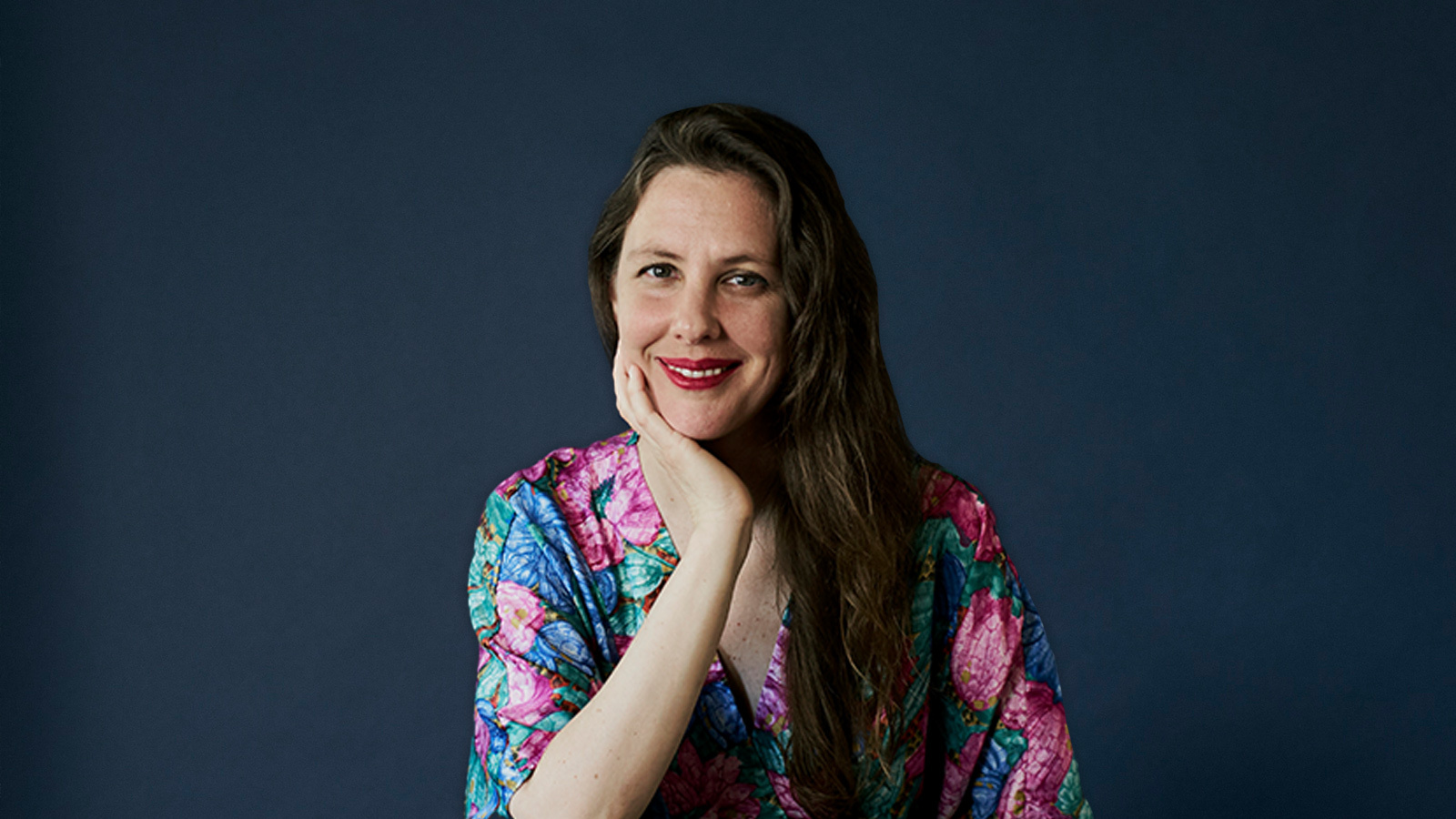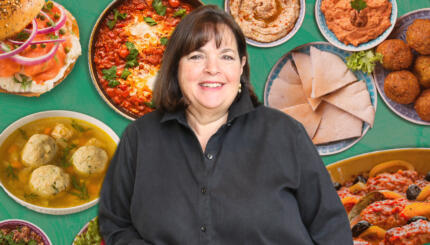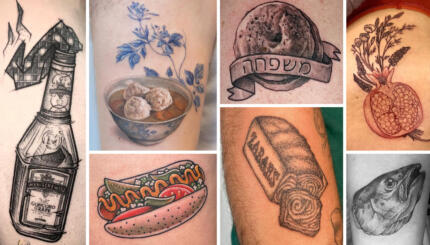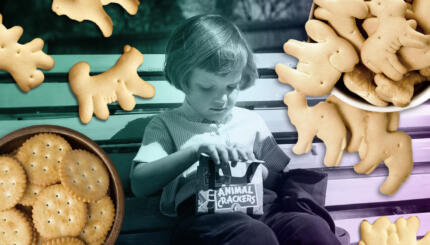Mina Stone sees a lot of similarity between Greek and Ashkenazi Jewish cultures. Like the bubbe, the Greek yiayia is generally the keeper of the family stories and recipes. Stone’s actual bubbe, however, was no cook like her yiayia was, who continues to be Stone’s main culinary influence.
That destiny was set in motion after her father left the Orthodox Jewish world of Cleveland Heights, Ohio to pursue his Grecophile passions and study abroad in Greece, which is where Stone’s parents met.
Stone’s Greek mother immigrated to the United States when she was 32 to get married. She returned when Stone was two; Stone attended preschool and kindergarten in Greece. Those early years cemented an unbreakable bond between her and Greek culture that heavily influences her cooking to this day.
Stone launched Mina’s in November 2019 inside the Museum of Modern Art’s Public School 1 (MoMa PS1) space in Long Island City. The all-day cafe is heavily influenced by her Greek heritage, as was her debut cookbook in 2015, “Cooking for Artists,” which includes over 70 family-style recipes. Many of them were her go-to recipes during her years of serving up private gallery dinners in the New York art world, most recently at Swiss artist Urs Fischer’s Brooklyn-based art studio.
The Nosher celebrates the traditions and recipes that have brought Jews together for centuries. Donate today to keep The Nosher's stories and recipes accessible to all.
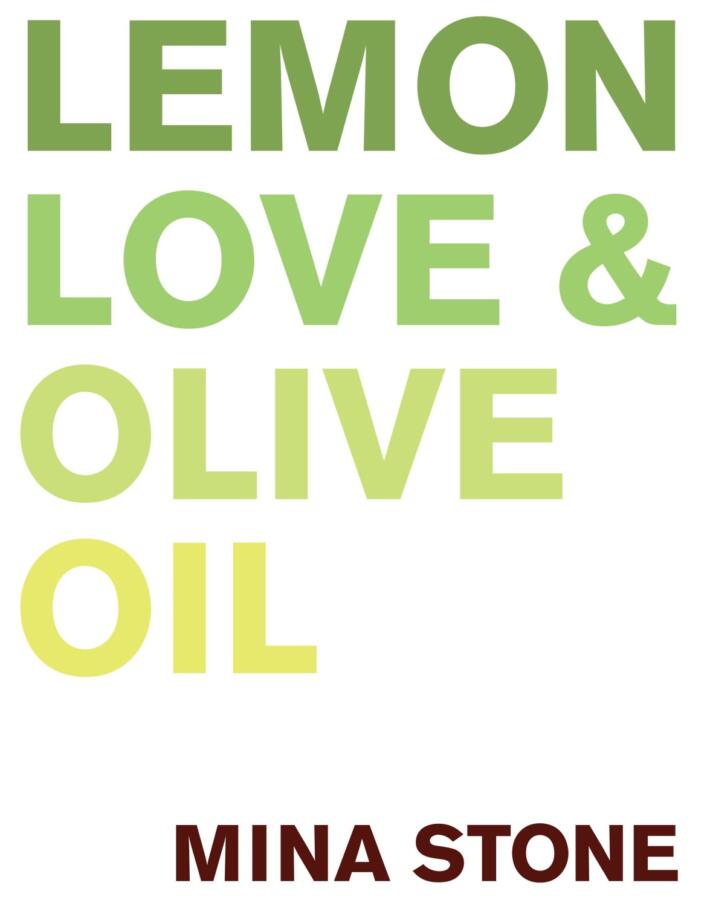
On September 14th, her follow up “Lemon, Love & Oil” hits bookshelves with recipes that celebrate her Greek grandmother. “She taught me all these little lessons,” explains Stone. “It wasn’t until I started doing it that I realized I had absorbed just by watching her.”
Lessons like how to cook for large groups of people; to make all of the dishes that can be served at room temperature before starting the dish that needs to be served hot. Or, as Stone writes in the introduction to the meat section, “cooking meat should be sacrificial, special, and not an everyday practice,” a belief stemming from her yiayia, who grew up during famine, World War II and suffered extreme poverty.
Growing up, Stone always felt an affinity toward the communal aspect of both Greek and Jewish culinary culture. “When it came to food, I felt like there was just so much crossover,” she says. Stone recalls the latkes she made for an annual party for at least a decade before COVID-19 broke the streak. It’s something she plans to pass along to her son. “I’ve decided we’re going to do the Jewish holidays,” she says. “We light the Hanukkah candles and make latkes on the first and last night of the holiday.”
The process of preparing and frying the latkes with friends and family reminds her of the Greek women who sit together to snap peas or pit olives with a fork.
In the introduction to her book she writes:
“When my Jewish heritage from my dad’s side makes its way into my cooking, the same feeling of community is infused in the cooking process. We peel the potatoes for latkes together. Even if you happen to be frying latkes alone, everyone will crowd around you to keep you company — whether you like it or not — to get one of the first piping hot latkes out of the pan.”
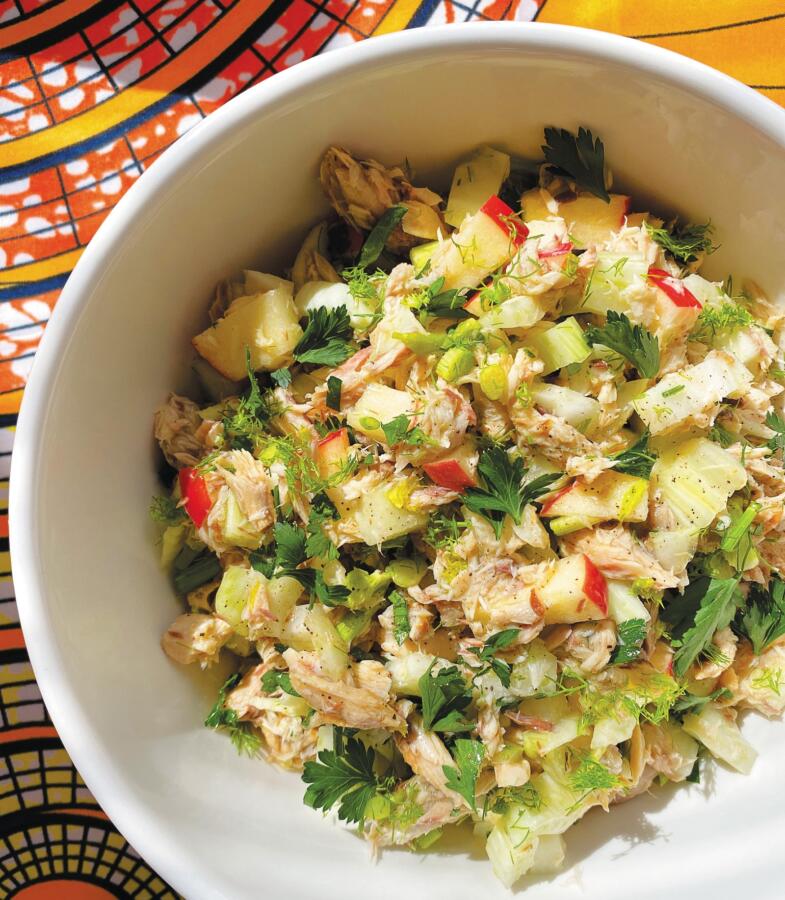
Latkes are one of the few explicitly Jewish recipes in the book. There’s also an apple slices recipe with cinnamon and honey (Greek honey) to serve as a Rosh Hashanah treat. But inarguably the most unique Jewish addition to the book is her tuna salad with fennel, apple and parsley.
“When I was little, I remember [my mom] would open up a can of tuna and put lemon and olive oil on it,” Stone recalls. “And even as a kid, I remember thinking that’s so bizarre. Nobody does that with the cans of tuna. And my dad would do the opposite. He would use mayonnaise and celery.” The recipe is just one of the many ways Stone sees a natural blending of Jewish and Greek culture.
Scrolling through Stone’s Instagram feed, it’s impossible not to ask her about the tahini, walnut and honey challah. For her, it’s a perfect combination of her Ashkenazi Jewish heritage, her Greek heritage and Middle Eastern flavors that she finds so similar to Greek cuisine. The idea came to her while thinking about koulouri — bread rings that some call Greek bagels — on the Greek island of Paros. The ones on this island were stuffed with tahini, honey and raisins. “I just can’t believe that’s not everywhere!” she laughs.
Here’s hoping we’ll get both recipes in her next book.
